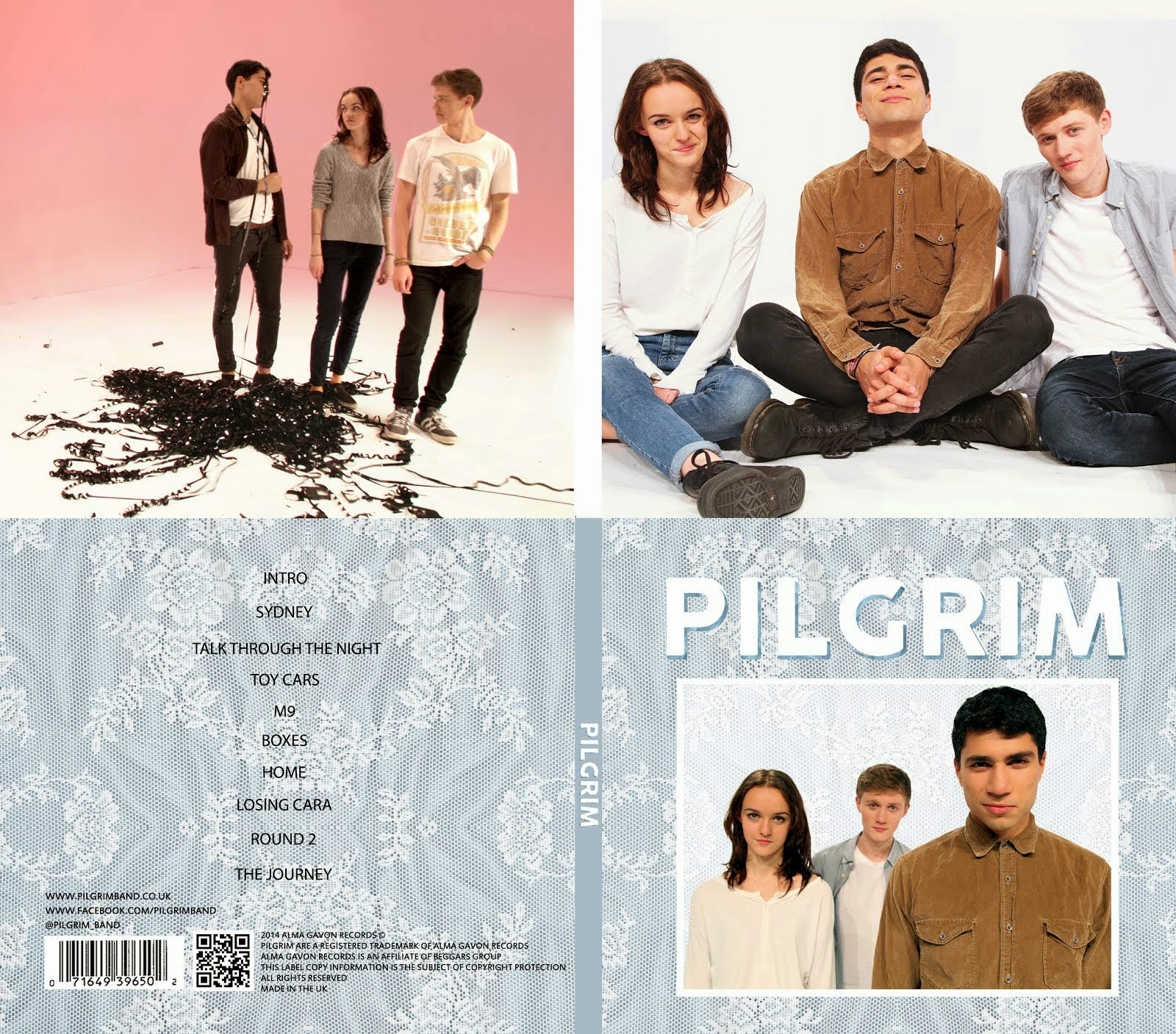Brief: Plan, film and edit a continuity sequence that involved a character opening a door, crossing a room, sitting down in a chair and exchanging a couple of line of dialogue. It should demonstrate match on action, shot reverse shot and the 180 degree rule.
Who did you work with and how did you manage the task between you?
I worked with Gavin, Molly and Enya. We are all competent with the editing software and cameras as well as the creative aspects so we were able to work together well to plan, shoot and edit our sequence. We came up with our idea fairly quickly through a group discussion and rapidly got on with our planning. On our shoot we made sure each member of our team directed an equal number of shots and this continued into our editing where we switched every 10 minutes or so to make sure everyone got to use the software.
How did you plan your sequence? What theories did you take into account?
Together we came up with the idea of making a 'mock thriller' involving Gavin and myself. Once we had our concept we went to our chosen location and did a walkthrough in which we planned our action and what shots we were going to take of it. Next we drew up a storyboard which contained our shots, the action and our dialogue. When planning we considered narrative theory, genre conventions e.g. enigmas and low key lighting and continuity techniques such as match on action and the 180 degree rule.
What technology did you use to complete the task and how did you use it?
Hardware - We used a Sony Mini DV Camera, tripod, headphones and a shotgun microphone to shoot our sequence.
Software - We used Adobe Premiere Pro to edit and grade our sequence.
What factors did you have to take into account when planning, shooting and editing?
Permissions - We had to get permission to use our location.
Lighting - We wanted low key lighting so in the planning process we borrowed a camera and tested it to see how it looked in camera. We did this in case the room was too dark and we needed extra lighting.
Negotiating Spaces - Other groups were shooting in one of our locations and in hindsight this could have been managed better. We often interrupted each other's shots by accident which slowed us all down. In the planning process we should have created a shootboard and scheduled ourselves so that there were no location clashes.
Props - We wanted our sequence to be quite simple so we didn't use any extra props. However we did have to set up every computer screen in the room.
Working to time - We got all of our planned shots done within the allotted time however when shooting pickups we overran by about 5 minutes. This problem could have been solved by creating a shoot board in planning.
How successful was your sequence? In hindsight what would you have done differently?
In terms of filmmaking our sequence was successful as we obeyed rules such as the 180 degree rule and the 30 degree rule. Also we created match on action and used an SRS which was stated in the brief. Our story makes sense in terms of action (you understand what the characters are doing) and we didn't make any continuity errors.
However we did not stick carefully enough to the brief which stated that a character had to sit down and have a conversation with a character; Our sequence contained neither of these things. We should have looked over the brief once more after we'd finished planning to see if we'd missed anything.
What have you learnt from this task?
Group - I found that our group worked really well together but we should ahve been more vigilant when it came to the brief.
Planning - group discussion is the key to planning and we did this well. However the use of a shoot board would have helped us with timing and location clashes.
Shooting - I learnt more about the camera and its strengths as well as its limitations. Also we found that were were able to shoot the same thing from different angles within the time limit.
Editing - We had a session recapping how to use Adobe Premiere Pro which refreshed my memory of the software and helped massively.
I will carry what i've learnt into the rest of my coursework as our film openings will be made with a similar process to this.




